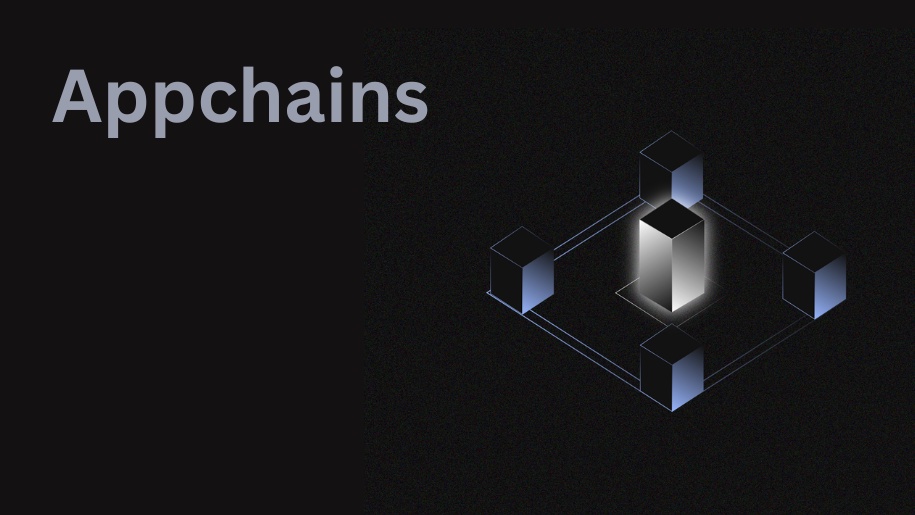AppChain data indexing techniques play a vital role in optimizing the efficiency and accessibility of blockchain data within decentralized applications. As blockchain technology continues to evolve, the need for efficient data indexing mechanisms becomes increasingly important to enhance the performance and usability of AppChains. In this article, we will explore various AppChain data indexing techniques and provide a comprehensive overview of their significance in improving data management and retrieval.
Data indexing in AppChains involves organizing and structuring blockchain data in a way that enables quick and efficient search and retrieval operations. As blockchain data grows exponentially, traditional linear data access methods become inefficient and time-consuming. Data indexing techniques address this challenge by creating efficient data structures that facilitate faster and more targeted data queries.
One commonly used data indexing technique in AppChains is the Merkle tree. A Merkle tree is a cryptographic data structure that allows for efficient verification and retrieval of specific data within a larger dataset. It organizes data in a hierarchical manner, with each level containing a hash of the data below it. This hierarchical structure enables quick verification of data integrity and targeted retrieval of specific data elements, improving efficiency and reducing computational overhead.
Another popular indexing technique is the Bloom filter. A Bloom filter is a probabilistic data structure that efficiently tests whether an element is a member of a set. It uses a compact representation to store a subset of data, making it efficient in terms of memory usage. Bloom filters are commonly used in AppChains to check whether certain data exists within a larger dataset, allowing for quick elimination of unnecessary data retrieval operations and improving overall performance.
In addition to these techniques, more advanced data indexing methods like inverted indexes and search trees can also be employed in AppChains. Inverted indexes are commonly used in text-based searches, where each term is mapped to a list of document identifiers that contain the term. This allows for efficient keyword-based searches within blockchain data, enabling users to quickly locate relevant information.
Search trees, such as B-trees and AVL trees, provide efficient data access and retrieval by maintaining a balanced tree structure. These trees ensure that data is stored and organized in a way that minimizes the number of comparisons required during search operations. Search trees are particularly useful when dealing with large datasets, as they provide logarithmic time complexity for search and retrieval operations.
It is worth mentioning that the choice of data indexing technique depends on the specific requirements of the AppChain and the nature of the data being indexed. Different techniques may be more suitable for different types of data or query patterns. Therefore, it is important to analyze the characteristics of the data and consider factors such as performance, scalability, and storage requirements when selecting an appropriate data indexing technique.
The significance of efficient data indexing in AppChains cannot be overstated. By implementing effective indexing techniques, decentralized applications can provide users with faster and more accurate data retrieval, enhancing the overall user experience. Moreover, optimized data indexing contributes to the scalability of AppChains by minimizing the computational resources required for data access and retrieval, allowing for the seamless growth of blockchain networks. Managed Blockchain service is a cloud-based solution that simplifies the deployment and management of blockchain networks. It offers scalability, security, and reliability, allowing businesses to focus on building applications rather than managing infrastructure. With features like automatic upgrades, peer node deployment, and integrated monitoring, it streamlines the blockchain development process.
In conclusion, AppChain data indexing techniques play a crucial role in improving data management and retrieval within decentralized applications. By employing techniques such as Merkle trees, Bloom filters, inverted indexes, and search trees, AppChains can enhance the efficiency and accessibility of blockchain data. The careful selection and implementation of data indexing techniques contribute to improved performance, scalability, and user experience, paving the way for the widespread adoption of decentralized applications powered by AppChains.


No comments yet